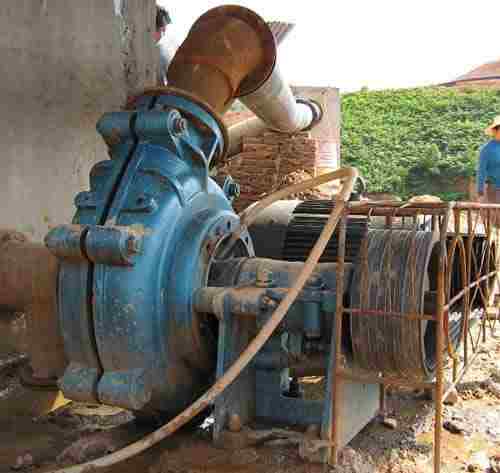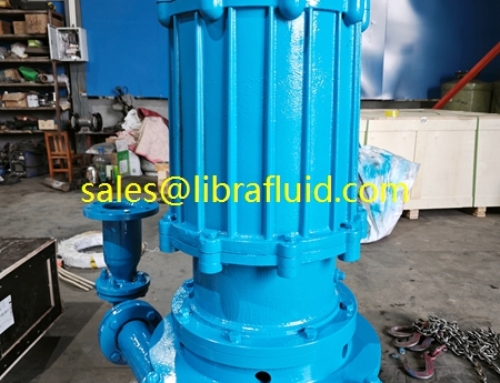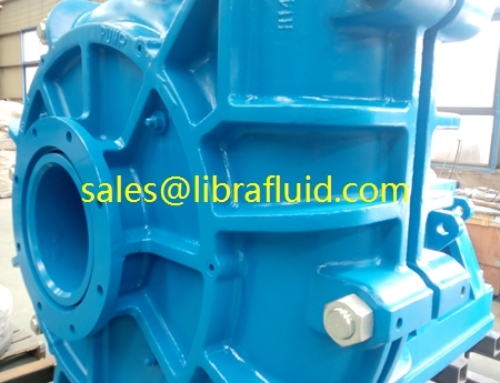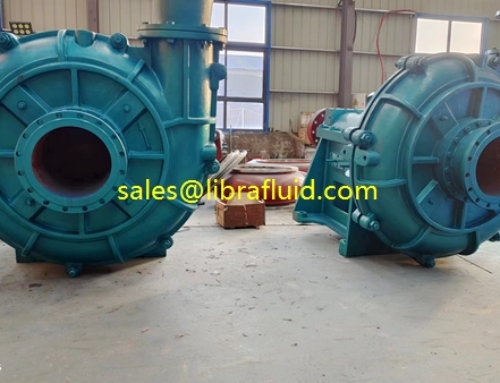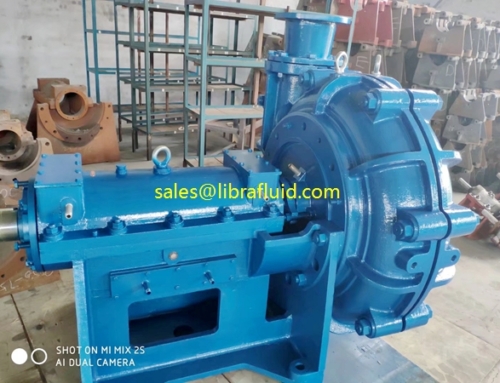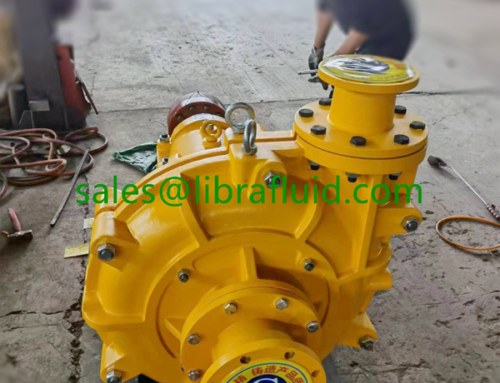Slurry pump shaft seal( bellow we will talk slurry pump gland packing seal) has always been a headache problem, with the expansion of slurry pumps working range, it is even more pronounced. Because solids of slurry size is growing and much more harmful liquid.
These corrosion and wear substances will shorten the shaft seal life, and may lead to leakage, then directly affect the normal operation of the slurry pump and even the personal safety of the operator. Bellow we will talk the most common shaft seal, Gland packing seal.
Gland packing main parts
Gland packing consists of neck rings, shaft sleeve, packing, gland, long buckle studs and nuts.
How Slurry Pump Gland packing work
This kind of packing based on the packing contact with the shaft surface to prevent slurry leakage to achieve the purpose of sealing.
Between the packing and shaft there are many small gaps and grooves, so it can apply enough clamping force to achieve the necessary sealing pressure, packings can produce plastic deformation filler to reduce the gap.
Because there is always a certain shaft surface roughness, it is impossible to achieve the desired contact with the packing filler, there must be a slight gap exists, thus forming “Labyrinth”. Damping effect of these tiny gap on the media repeatedly twists the throttle and play, as well as stagnant boundary layer in the gap generated by such factors as “Labyrinth” effect, leading to a gap blocking to achieve seal. The sealing effect is blocked with a dielectric packing filler material into the contact surface between the shaft in the gap formed.
Three ways of leakage
One: Through the packing filler and the stationary element interface
Two: Through the packing itself
Three: Through packing and moving interface

